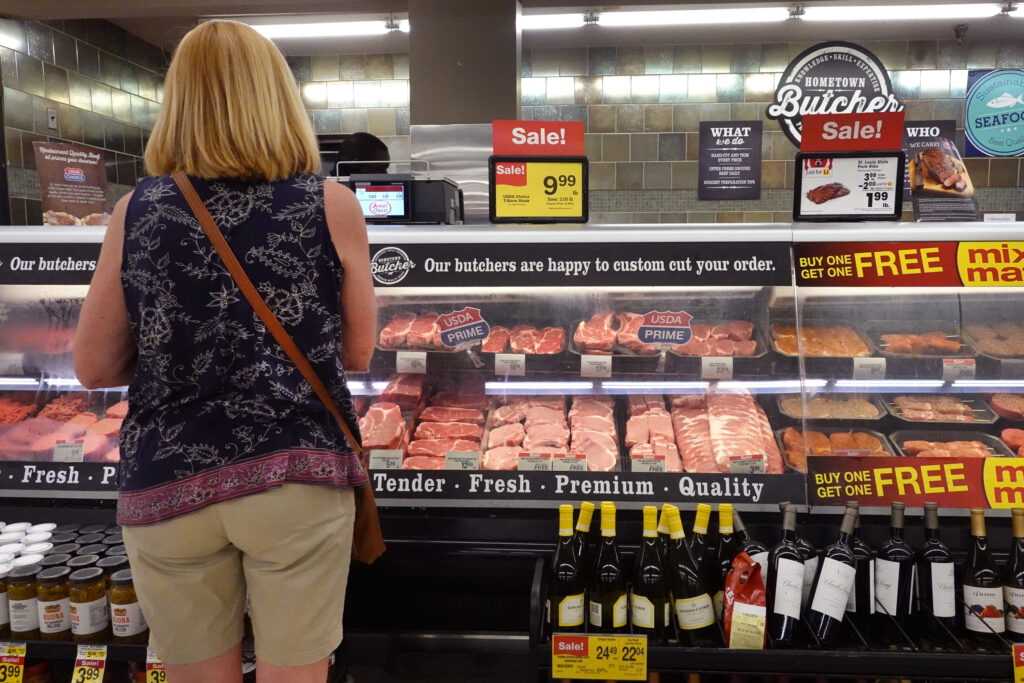
Now that Thanksgiving is behind us, hopefully everyone got to eat good food and enjoy family, but food insecurity has steadily been on the rise in the last couple of years. It impacts our country negatively.
According to the United States Department of Agriculture (USDA), food insecurity can be defined as “the limited or uncertain availability of nutritionally adequate and safe foods or the uncertain ability to acquire acceptable foods in socially acceptable ways.”
Since 1995, the USDA has collaborated with the Census Bureau to conduct an annual survey that measures food insecurity. This survey analyzes households’ abilities to meet their dietary needs, including how often they may not have had enough food or any food in the prior year.
Although the exact cause of food insecurity is unknown, numerous studies have identified several contributing factors.
Low income is the most frequent cause of food insecurity. Food insecurity was 2.6 times higher in low-income households in 2016 than in the average American household.
The cost of groceries continues to climb due to economic variables such as higher transportation costs and increased labor expenses. The prices of everyday foods such as meat, eggs, milk, fruits and vegetables have skyrocketed in recent years. In certain places, the price of meat has increased by almost 20%, and the price of fresh fruit has followed the same trend.
These price increases are forcing the youth who live paycheck to paycheck to make tough choices.
Processed foods like junk food and fast food can sometimes be less expensive than healthy food options. As a result, younger people may find it more affordable to just eat out instead of buying groceries and cooking at home.
“Sometimes I’d rather just buy food because it’s often cheaper and more convenient than going to the store getting groceries. My parents are always saying that you save money when you buy groceries. That may have been the case maybe 10 years ago, but it seems like since COVID in 2020, you spend at least $100 every time you go to the store. Plus I haven’t noticed a real nutritional difference to make me change,” said Montrell Newton, a Florida State University student.
An often-overlooked cause of food insecurity that isn’t talked about often is social beauty standards. Along with not having the funds to eat properly, many young people want to maintain a social image and would compromise their diet for a more desirable-looking body.
Bad eating habits, such as skipping meals, cutting back on calories, or even TikTok diets, are all methods people try in order to fit into a socially acceptable body type.
This can make food insecurity worse, even if it seems like a way to achieve a desired look. Models often show off their thin and super muscular physiques as symbols of beauty and healthiness. The pressure to want to achieve unrealistic bodies can be too much for young adults, especially when the people portrayed on the internet may have bought the body that you are dying to have.